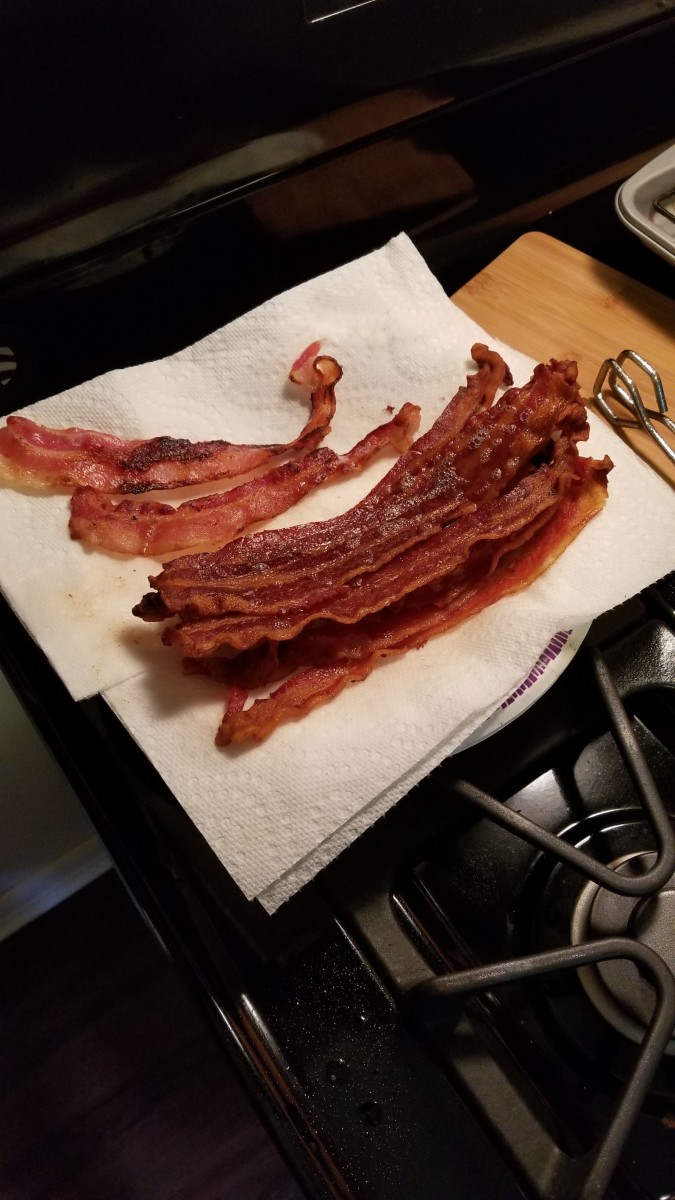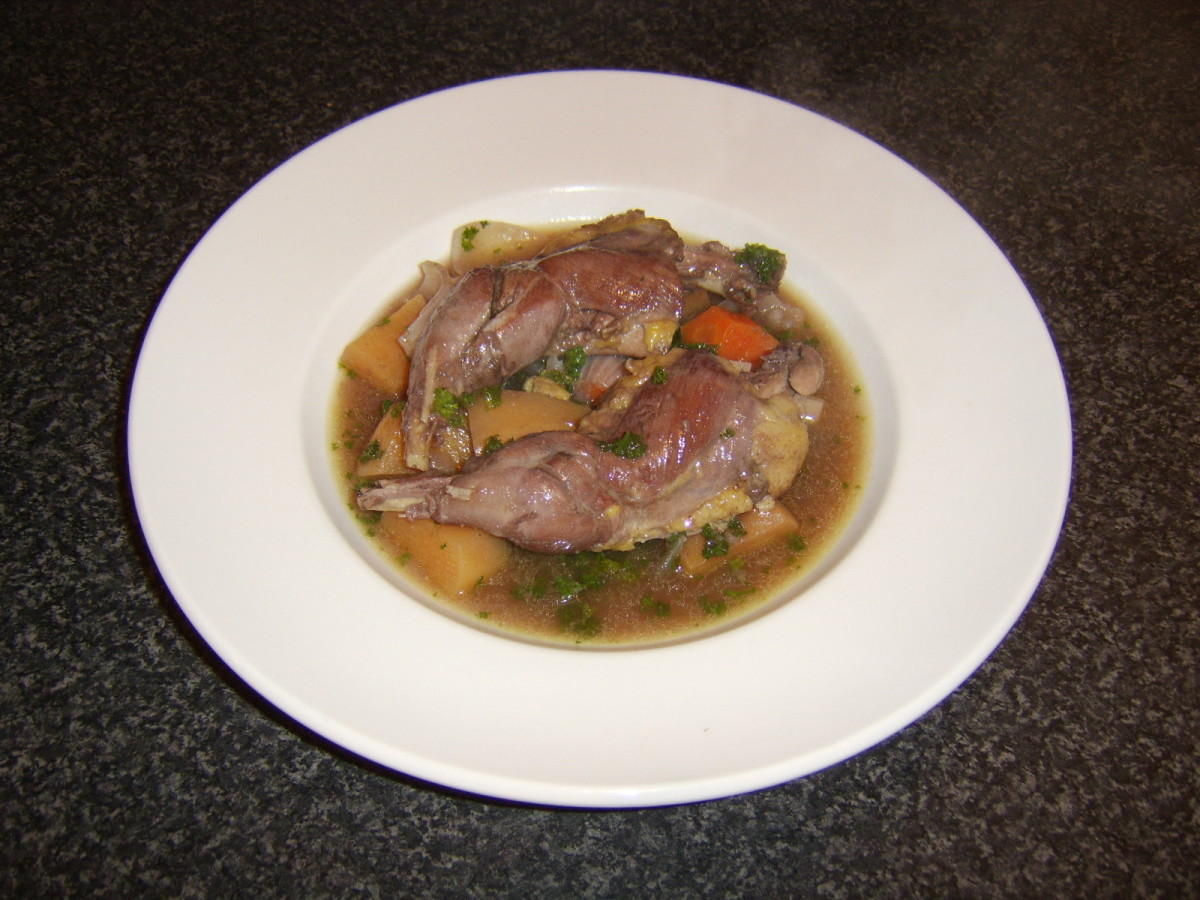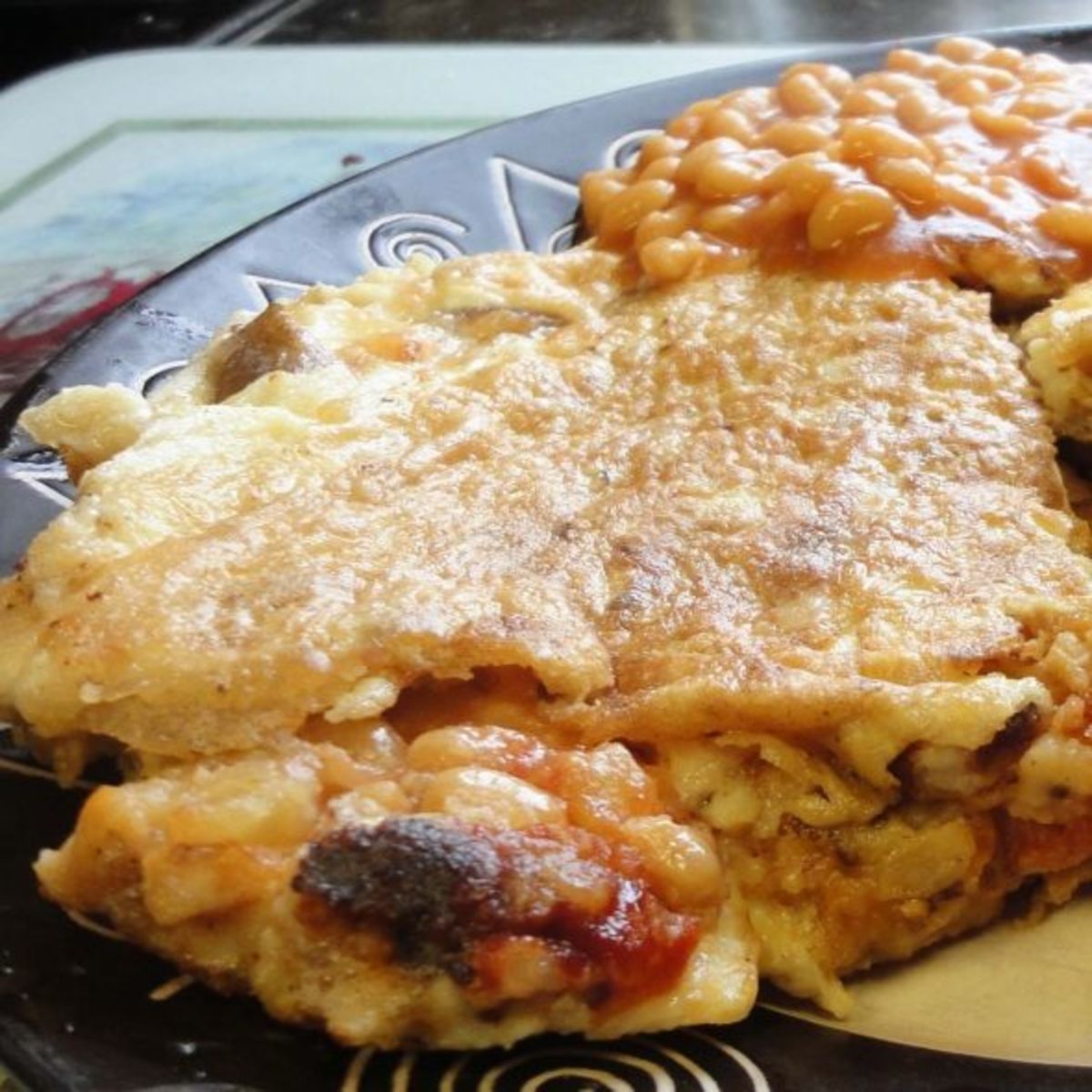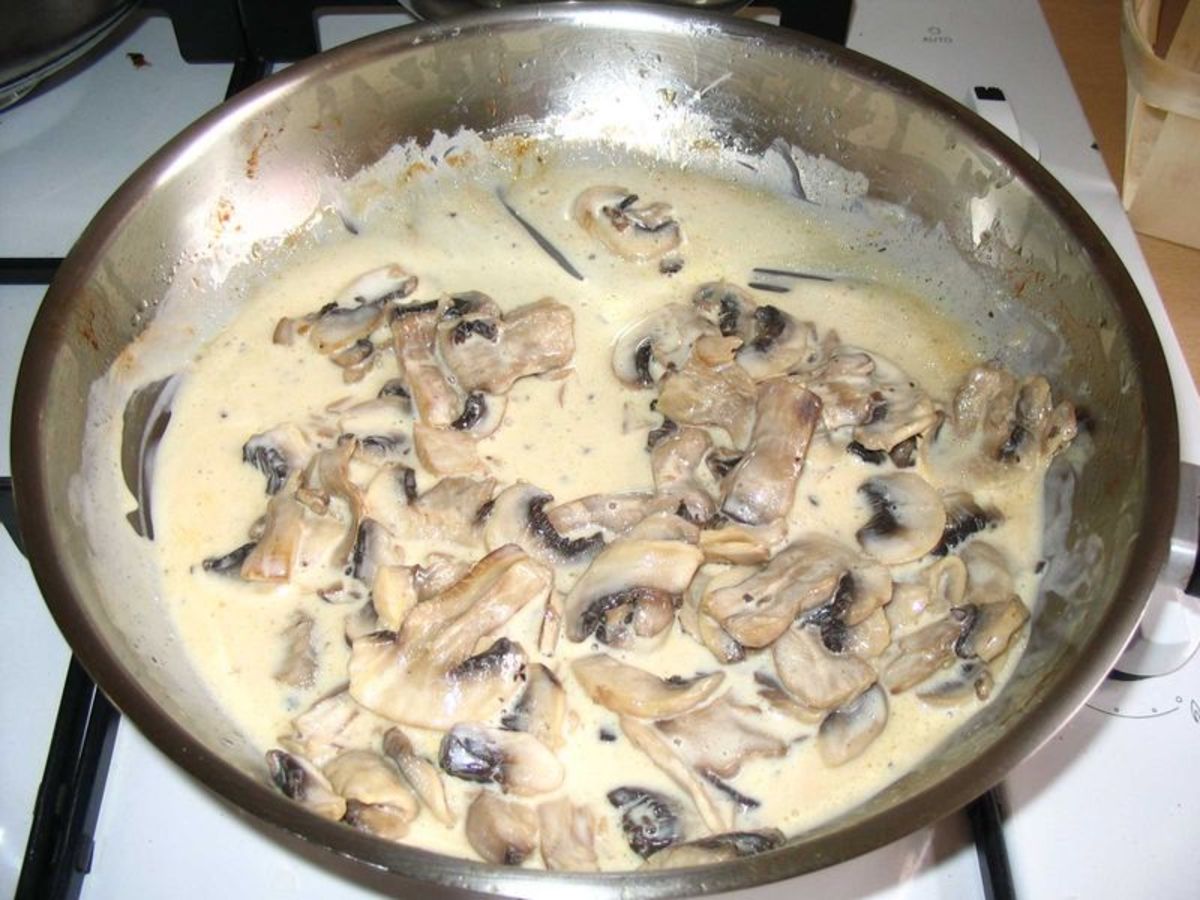The Hospitality Guru (cooking) Back to Basics: Roux
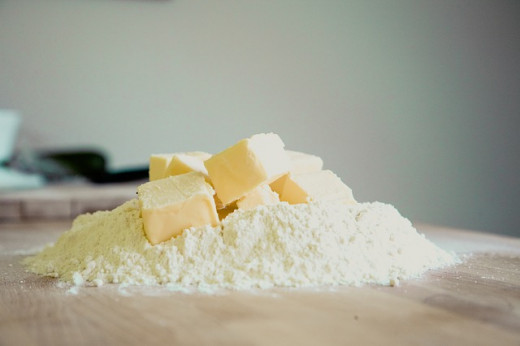
A roux is made of equal quantities of fat and flour, thoroughly belended and cooked. Butter is the preferred fat, but margarine, dripping or lard can also be used. A roux must be cooked thoroughly to ensure the finished dish in which it is used does not have a raw, starchy taste.
To cook a roux, fat is melted in a deep saucepan, flour is added and both are stirred together until the required colour is achieved. Cooking should be over a moderate heat (160C degrees) as a hotter temperature restricts the absorption capacity of the starch granules.
Starch also burns easily if the heat is too high. If a starch is burned, its thickening capacity is reduced and may result in a bitter flavour.
There are three types of roux – white, blond and brown.
White roux (roux bland)
White roux is cooked just long enough to remove the raw taste and until it resembles fresh white breadcrumbs. The roux will be smooth at first and then become crumbly. When the mixture becomes smooth again, it is cooked. It should not colour. White roux is only used for béchamel.
Blond roux (roux blond)
Blond roux is cooked a little longer until it starts to take on a blonde tinge on the bottom of the pan. Continue stirring until an even colour is achieved. It is necessary to remove the pan from the heat before all the colour is obtained, as the roux continues to cook from the heat of the pan. Blond roux is used for sauces based on white stocks.
Brown roux (roux brun)
Brown roux is cooked until it takes on a light brown colour and has a nutty aroma. An alternative method of preparing a brown roux is to place the flour in an oven (160C degrees) to brown before adding it to the fat. The browner a roux, the less thickening capacity it has. Brown roux is used to thicken brown sauces.
A roux is never used by itself, but is always mixed with liquids and brought to the boil. Boiling the roux immediately thickens the liquid to which it is added and changes its characteristics. For example:
- Hot milk and white roux becomes béchamel.
- A white chicken stock and blond roux becomes a veloute sauce (velvet sauce)
- A brown beef stock and brown roux becomes an espagnole sauce.
A roux-based soup or sauce should be simmered for approximately 20 minutes to remove any floury taste and to fully develop the starch granules.


